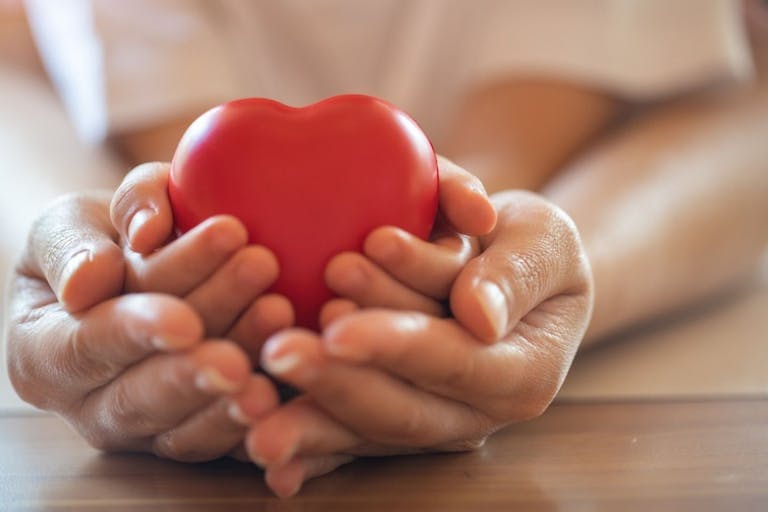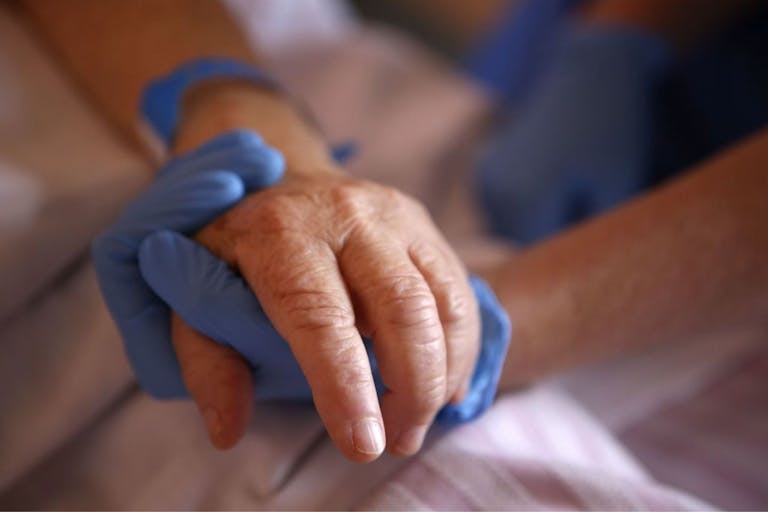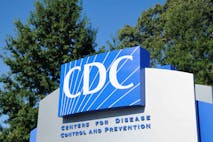
UK will end two-child benefit limit in 2026
Right to Life UK
·
Woman convinced parents to undergo assisted suicide together
After her parents both became seriously ill and her mother wanted to undergo assisted suicide, a Washington woman convinced her father to die also.
Corinne Gregory Sharpe spoke to PEOPLE about her experience convincing her parents to undergo assisted suicide together.
After her mother was diagnosed with aortic stenosis in her 90s, she lived for a few more years before her health began to decline. At that point, she said she wanted to die by assisted suicide.
Her father did not have a health condition outside of having previously had a stroke; however, he was nervous to live without his wife. Sharpe convinced him of a 'solution' — to kill himself alongside her mother.
Couple assisted suicide has become romanticized by the media.
Corinne Gregory Sharpe spoke with PEOPLE about her efforts to convince her father to undergo assisted suicide alongside her mother. She said her family had always been close, so when her mother became ill, her father was nervous to live without her.
Sharpe's mother was first diagnosed with aortic stenosis in 2018 at the age of 92 and given less than two years to live if she did not undergo surgery.
"And even if she had the procedure, there was no guarantee that she was gonna live any longer,” Sharpe said. “So her attitude was sort of like, well, let's just kind of let things go as they go.”
But Sharpe's mother didn't die within those two years. In fact, it was three years later that her health began to decline, only after she fell and hit her head. Shortly after that, Sharpe's father appeared to suffer small strokes. “So now I have two parents in medical care,” Sharpe said.
Her parents were able to be at a rehabilitation facility together, but Sharpe said they were "losing the will to live," so she brought them back home. Doctors recommended hospice, but her mother decided she wanted to undergo assisted suicide, which left her father distraught. Sharpe came up with an "interesting" solution.
“I had a very interesting, serious heart-to-heart conversation with him one evening after my mom had gone to bed,” she continued. “And he was just panicked like, ‘What happens to me if she goes first?’ That's always been a concern of his. He couldn't see a scenario where he would want to continue if mom was gone.”
Study: Assisted suicide can be painful, prolonged and inhumane
She added, “He's always been afraid of dying. But I think he was more afraid of being left alone. He was like, ‘Well, if she's gonna go and I have the option to go at the same time, then I'm getting on that horse.’ So I was like, look, we'll figure something out.”
At this point, her father was not dying, and if he suffered another stroke, doctors believed he could end up incapacitated, but not terminally ill. Yet Sharpe was able to get her father approved for assisted suicide, calling it "a race" to do so.
Dear Reader,
Have you ever wanted to share the miracle of human development with little ones? Live Action is proud to present the "Baby Olivia" board book, which presents the content of Live Action's "Baby Olivia" fetal development video in a fun, new format. It's perfect for helping little minds understand the complex and beautiful process of human development in the womb.
Receive our brand new Baby Olivia board book when you give a one-time gift of $30 or more (or begin a new monthly gift of $15 or more) to fuel Live Action’s life-saving content.
Sharpe spent what would be the last few weeks of her parents' lives hosting family dinners, making them their favorite meals, and sharing memories as a way to “repay my parents for everything they’d done for me.” It sounds nice, but there's no need for an adult child to wait until she knows her parents are dying to do such things for them.
When the drug powder arrived, Sharpe took a selfie with the delivery man and then stuck the drug on a shelf, where it feasibly could have been accessed by anyone. She then joked about choosing Friday the 13th to die, which is when her parents ultimately took the drugs — Friday, August 13, 2021.
“The counselors prepared the cocktail, we sat around and shared some private moments together. They got to sit in their own bed and hold hands with each other and talk before they were able to take the meds,” she said. “We put music on and they took the cocktail. Then we poured a glass of wine and we had a final toast. About 10 minutes after they drank it, they went to sleep.”
It has become increasingly common and romanticized for elderly couples to be euthanized together. This includes murder-suicides and those who opt to die together simply because they are elderly.
But the reality of assisted suicide is that it may not be as peaceful and romantic as many have been led to believe.
As Dr. Joel Zivot, an associate professor of anesthesiology and surgery at the Emory School of Medicine and an expert on “physician participation in lethal injection,” previously explained, assisted suicide can be excruciating, even if it doesn't appear to be.
“[F]or both euthanasia and executions, paralytic drugs are used,” he wrote in an op-ed for the Spectator. “These drugs, given in high enough doses, mean that a patient cannot move a muscle, cannot express any outward or visible sign of pain. But that doesn’t mean that he or she is free from suffering.”
He added, “People who want to die deserve to know that they may end up drowning, not just falling asleep.”
Furthermore, a study in the medical journal Anaesthesia found that prolonged, painful deaths from assisted suicide and euthanasia were far from rare, with a considerable number of patients taking 30 hours to die, though some took seven days. Experiments with assisted suicide likewise have been painful, with one drug cocktail “burning patients’ mouths and throats, causing some to scream in pain.” The same drugs labeled as too inhumane to be used for lethal injection are used in assisted suicide.
Suicide is not dignified, peaceful, or romantic. Efforts are made to prevent suicide unless the person in question is elderly, ill, or disabled. And then, it's made to appear noble and romantic to take your own life.
Live Action News is pro-life news and commentary from a pro-life perspective.
Contact editor@liveaction.org for questions, corrections, or if you are seeking permission to reprint any Live Action News content.
Guest Articles: To submit a guest article to Live Action News, email editor@liveaction.org with an attached Word document of 800-1000 words. Please also attach any photos relevant to your submission if applicable. If your submission is accepted for publication, you will be notified within three weeks. Guest articles are not compensated (see our Open License Agreement). Thank you for your interest in Live Action News!

Right to Life UK
·
Analysis
Cassy Cooke
·
Analysis
Carole Novielli
·
Analysis
Angeline Tan
·
Fact Checks
Nancy Flanders
·
Issues
Nancy Flanders
·
Issues
Cassy Cooke
·
International
Cassy Cooke
·
Analysis
Cassy Cooke
·
Issues
Cassy Cooke
·
Issues
Cassy Cooke
·